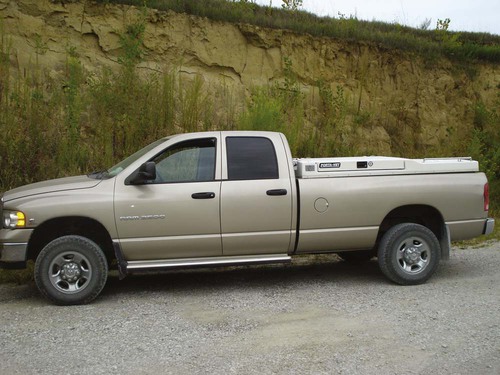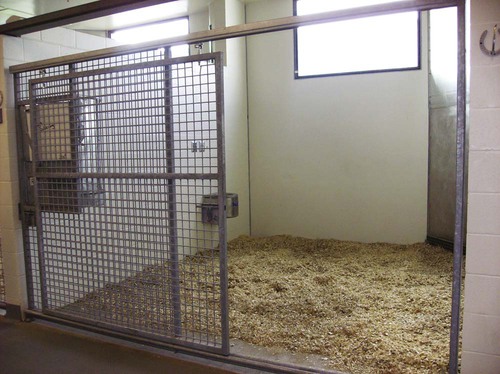When you finish this chapter, you will be able to • Demonstrate a basic understanding of mobile large animal practices • Describe the complex nature of how large animals must be transported to clinics • Properly care for stalled patients • Discuss the pros and cons of bedding materials • Discuss the need for proper ventilation in a veterinary hospital • Describe the importance of proper feeding and watering practices in the clinic as well as the importance of documentation • Properly execute the grooming procedure • Recognize potential complications of recumbent and contagious cases and know how to prevent such complications Ambulatory practice, field service, or farm calls are types of large animal practices in which the veterinarian takes the necessary supplies and equipment to the farm and performs the diagnostic and treatment procedures there. Mobile veterinary units may be homemade or purchased from companies that specialize in their design. The unit may range from simple storage bins to large fiberglass units with refrigerators, running hot and cold water, and storage space for supplies and equipment. These units can be adapted to cars, vans, or trucks (Fig. 4-1). In a clinical setting, livestock are commonly housed in stalls. Stalls should be cleaned daily to remove manure and wet spots (urine). The two basic approaches to stall cleaning are to (1) remove only the soiled bedding and try to spare as much bedding as possible (picking) or (2) remove all bedding, soiled or not, down to the stall floor (stripping). Whether a stall is picked or stripped depends largely on the nature of the case and the habits of the animal. Some animals are very “neat,” defecating and urinating in particular spots; the stalls of these patients can be successfully picked for perhaps several days. At the other end of the spectrum are the extremely dirty animals of the world—they have no pattern to their defecations/urinations, and they may walk repeatedly through their eliminations, scattering feces and urine all over the stall. Picking for these cases will be difficult. Stalls of animals with diarrhea are also difficult to pick (Fig. 4-2).
Daily Hospital Responsibilities
Hospital/Clinic Procedures
Stall/Hospital Maintenance and Care
Daily Hospital Responsibilities





